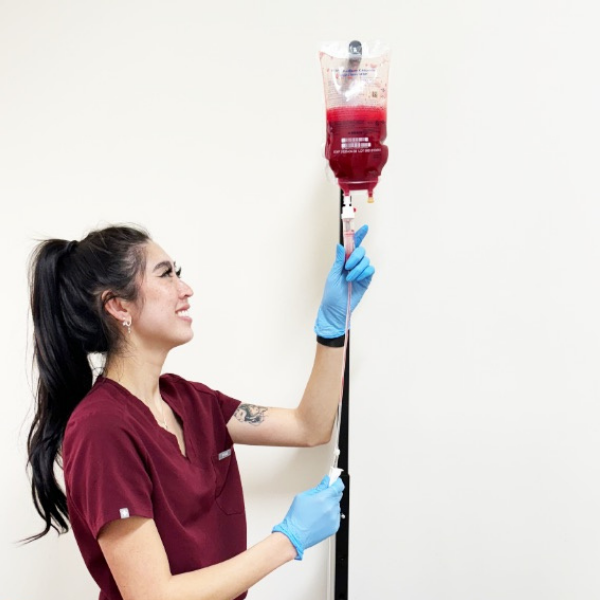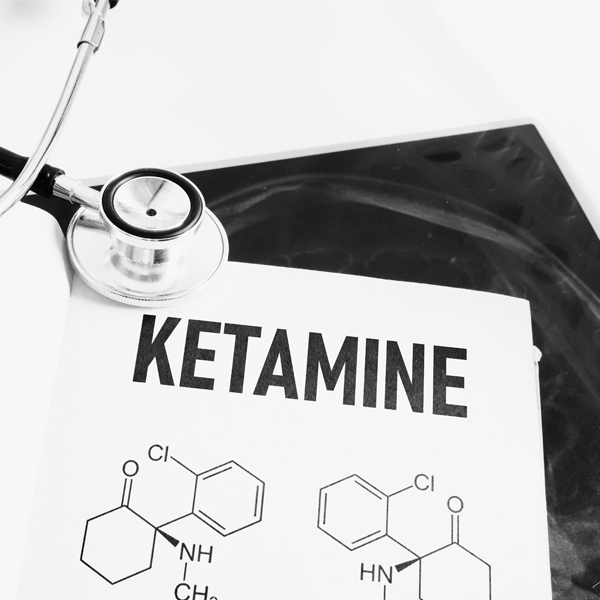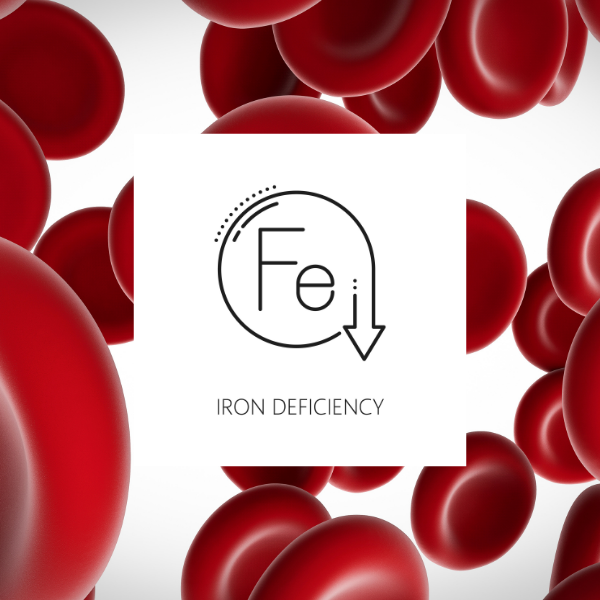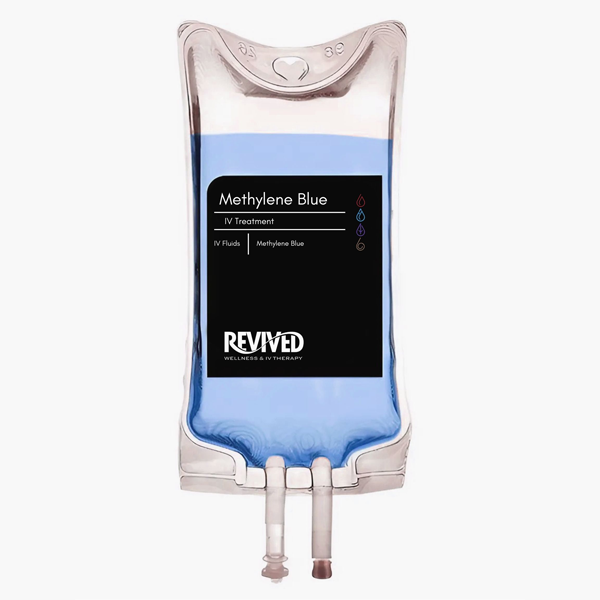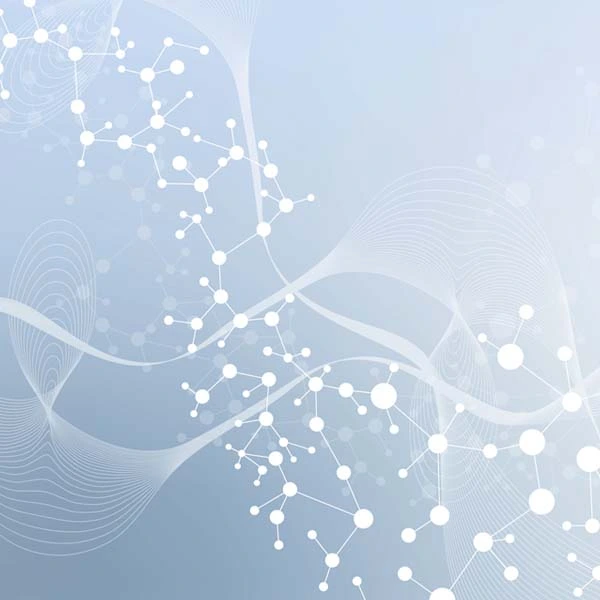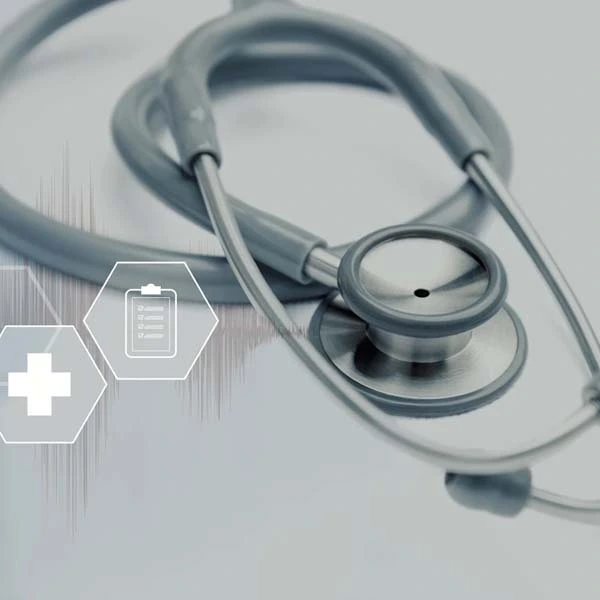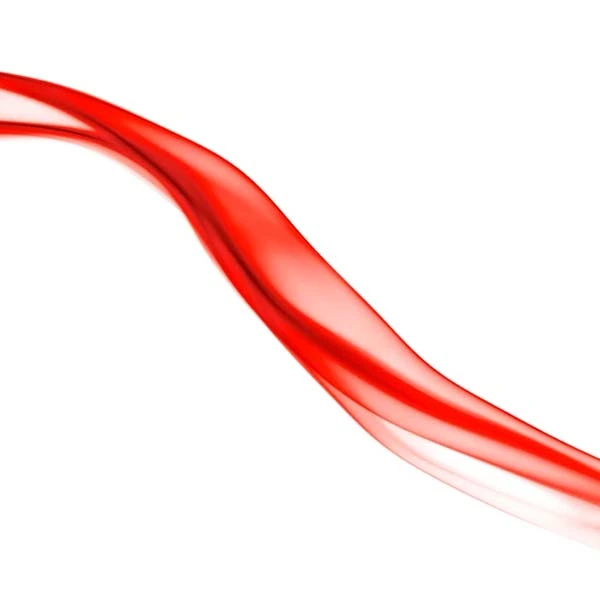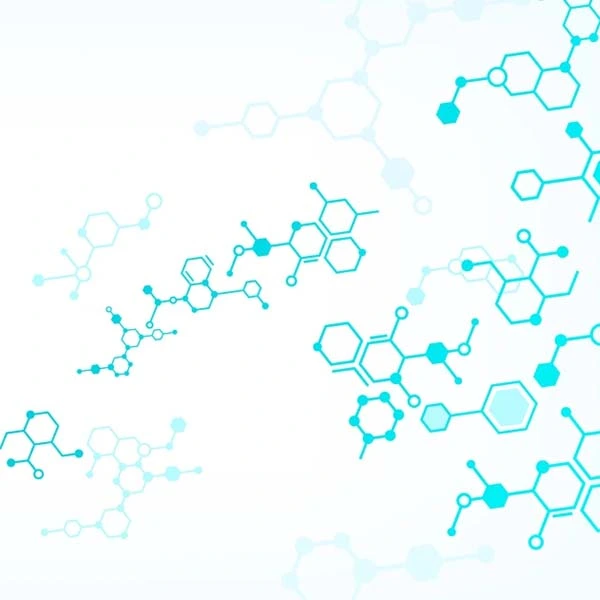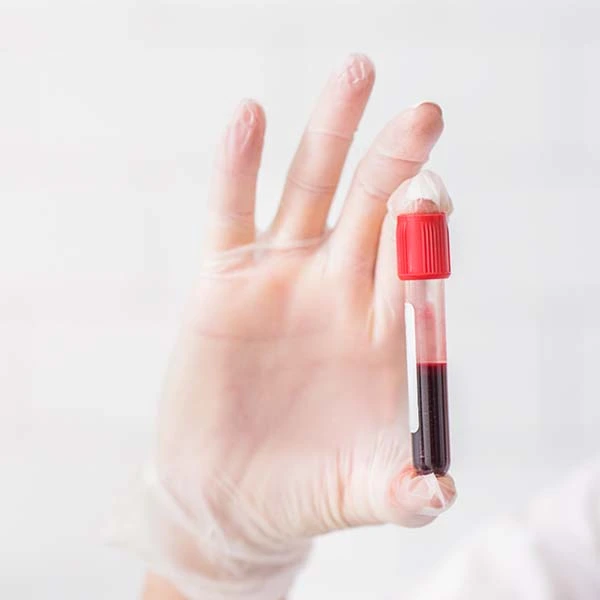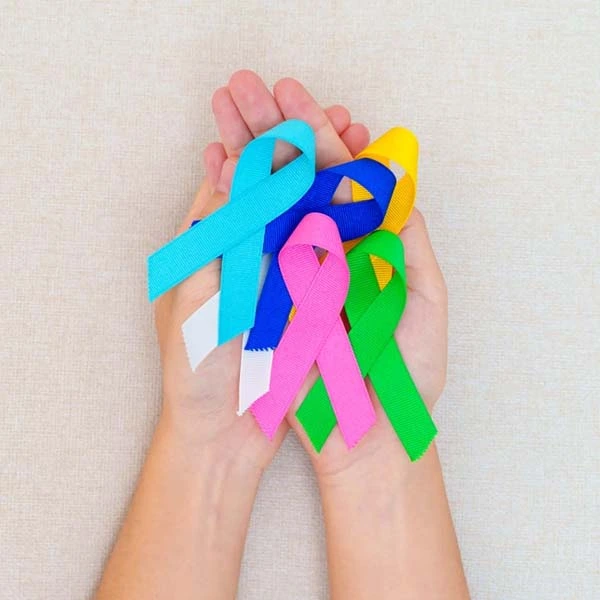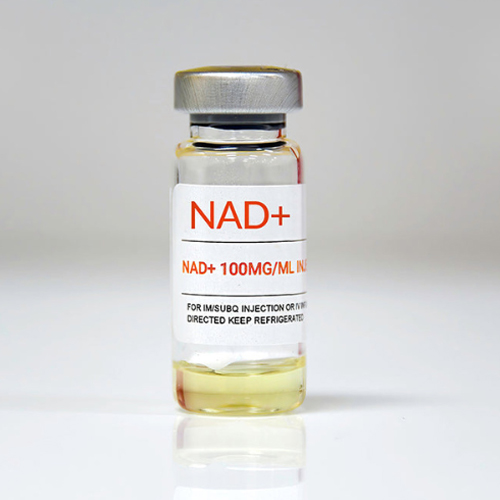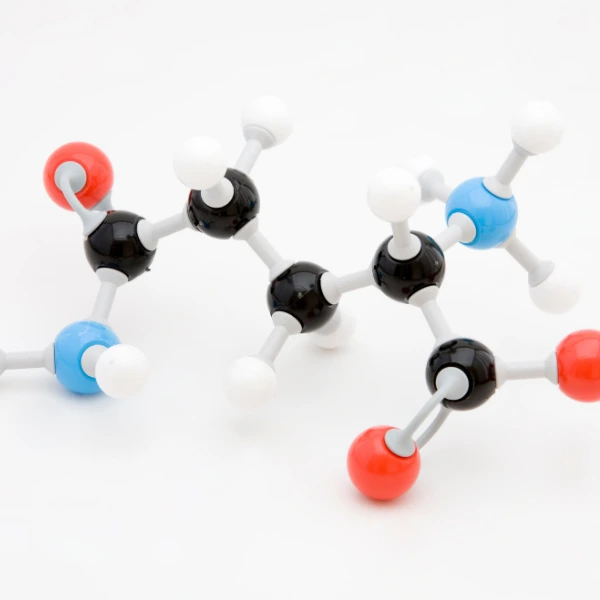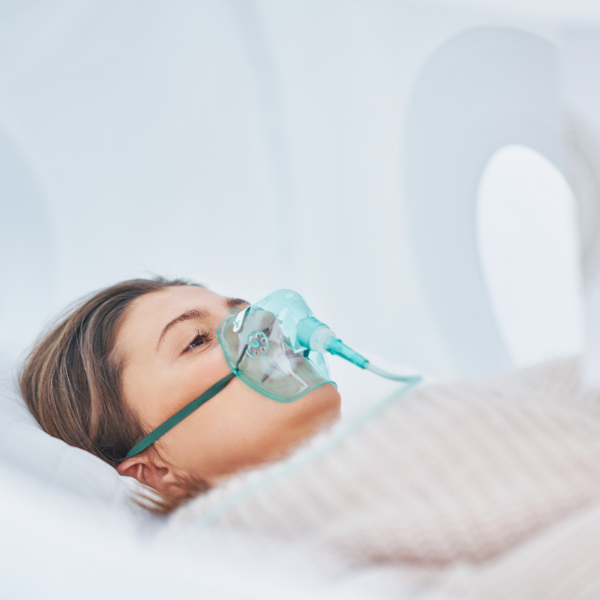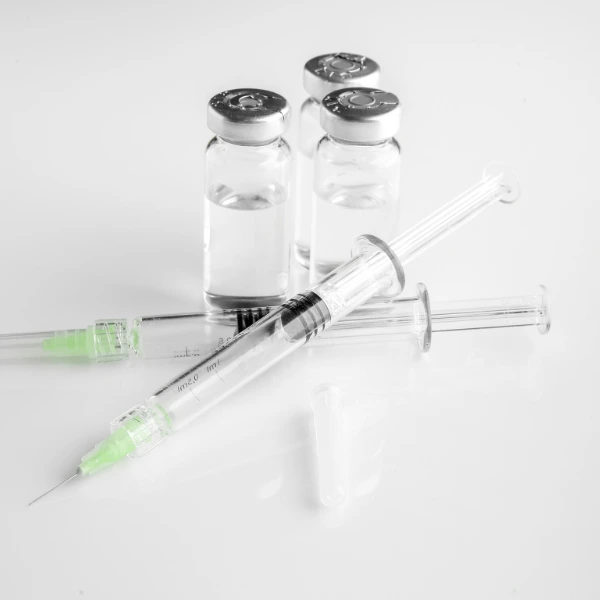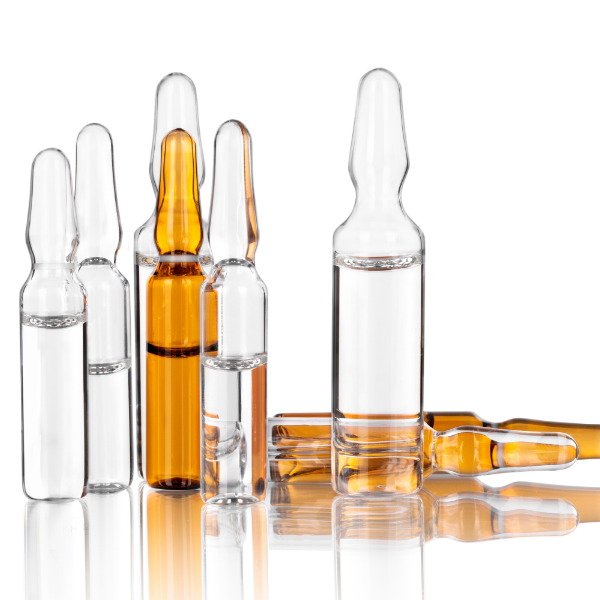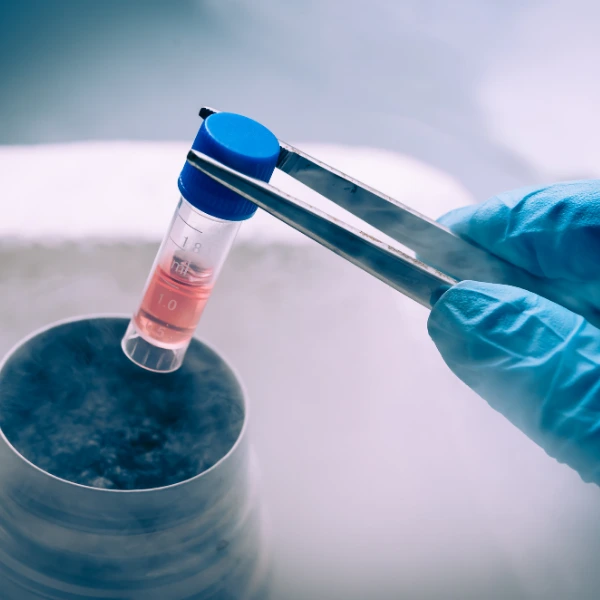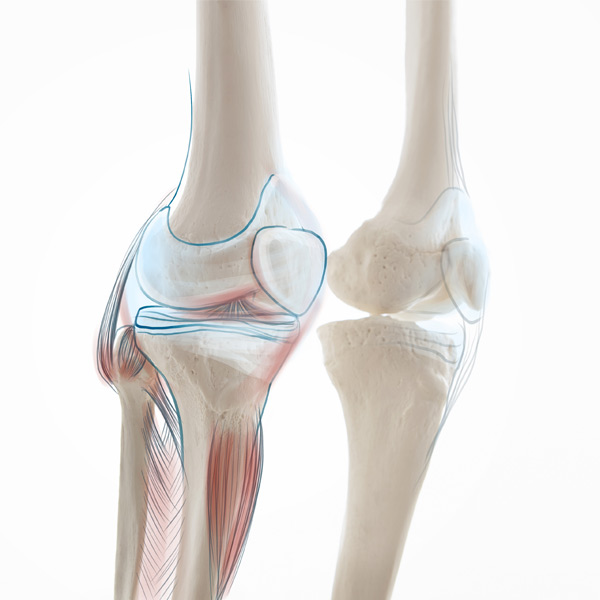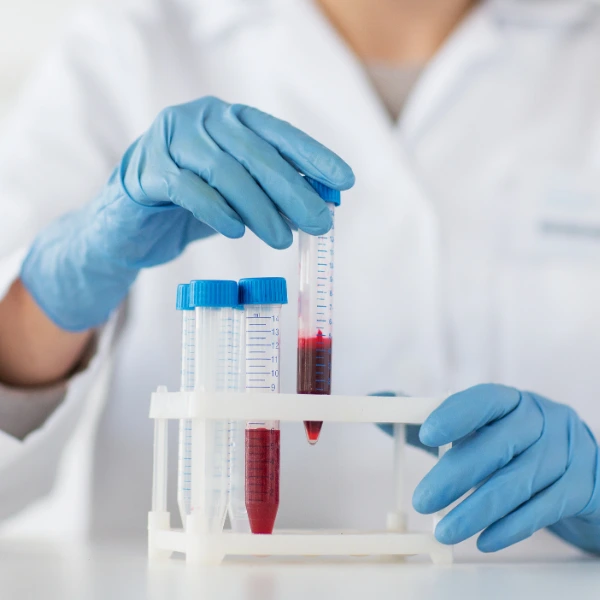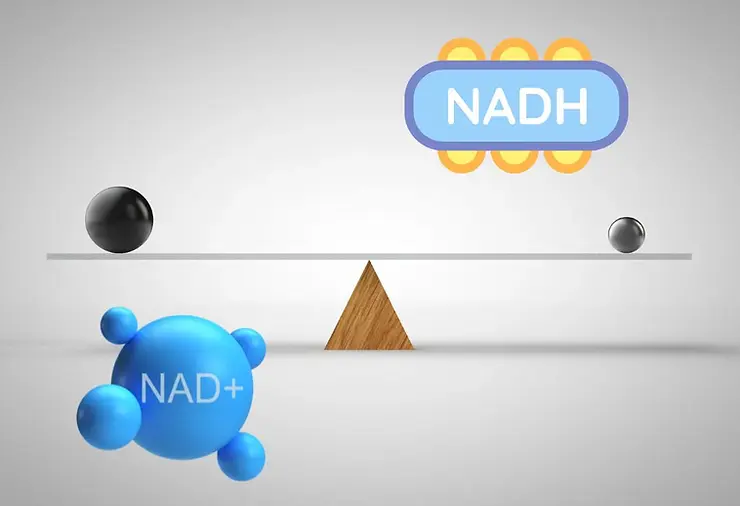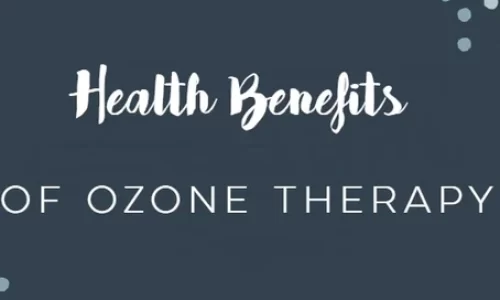NAD+ and NADH are both forms of the same coenzyme, nicotinamide adenine dinucleotide (NAD). This coenzyme is found in every living cell and plays a vital role in energy production, cellular repair, and overall metabolism. Although they are closely related, NAD+ and NADH serve different functions in the body and are part of the same cycle that keeps cells functioning efficiently.
What is NAD+?
NAD+ stands for nicotinamide adenine dinucleotide in its oxidized form. This form of NAD is crucial for energy production and cellular health. NAD+ works by accepting electrons from other molecules during chemical reactions, which helps to generate ATP, the primary energy currency of the body. In this role, NAD+ acts as a catalyst for energy production and supports various biological processes like DNA repair, cell signaling, and regulating metabolism.
As people age, NAD+ levels tend to decrease, which can affect energy production and lead to various health issues, including fatigue, cognitive decline, and weakened cellular repair mechanisms. Replenishing NAD+ levels through therapies like NAD IV drips may help support energy metabolism, cognitive function, and overall wellness.
What is NADH?
NADH stands for nicotinamide adenine dinucleotide in its reduced form. This is the version of NAD that carries electrons. NADH is produced during the breakdown of food molecules like glucose in a process called cellular respiration. Once NADH is formed, it transports the electrons it carries to the mitochondria, the cell’s powerhouse, where they are used to generate ATP through oxidative phosphorylation.
In simple terms, NADH is responsible for donating electrons to the electron transport chain, a key step in creating energy at the cellular level. Without NADH, cells would not be able to produce the energy needed to carry out daily functions, leading to fatigue and other health issues.
How Do NAD+ and NADH Work Together?
NAD+ and NADH are two sides of the same coin, constantly cycling between their oxidized (NAD+) and reduced (NADH) forms. This cycle is essential for maintaining energy production in the body. During cellular respiration, NAD+ accepts electrons and becomes NADH. Then, NADH carries these electrons to the mitochondria, where they are used to produce ATP, turning NADH back into NAD+ in the process. This ongoing cycle ensures a steady supply of energy for the body’s cells.
In essence, NAD+ and NADH work as partners in energy metabolism. While NAD+ initiates the process by accepting electrons, NADH completes the cycle by donating those electrons to generate ATP.

Key Differences Between NAD+ and NADH
Though they are part of the same coenzyme system, NAD+ and NADH have distinct roles:
Oxidation vs. Reduction:
NAD+: The oxidized form of NAD, responsible for accepting electrons.
NADH: The reduced form of NAD, responsible for donating electrons.
Energy Production:
NAD+: Plays a key role in initiating energy production by accepting electrons during glycolysis and the citric acid cycle.
NADH: Delivers the electrons to the electron transport chain in the mitochondria to produce ATP.
Cellular Repair:
NAD+: Involved in processes like DNA repair and regulating metabolism.
NADH: Focuses mainly on energy generation through electron transport.
Biological Processes:
NAD+: Participates in various biological functions beyond energy production, including cell signaling and aging processes.
NADH: Primarily focused on fueling the electron transport chain for energy.
NAD+ Decline and Aging
As people age, NAD+ levels tend to drop, which can affect the body’s ability to produce energy, repair cells, and maintain healthy function. This decline is often linked to aging-related conditions like fatigue, cognitive decline, and metabolic issues.
Some research suggests that replenishing NAD+ levels through therapies like NAD IV treatments may support healthier aging by boosting energy production, promoting cellular repair, and improving overall vitality.
Can You Supplement NAD+ and NADH?
Yes, both NAD+ and NADH can be replenished through supplementation or IV therapy. NAD+ is typically administered through IV drips, which allow the coenzyme to enter the bloodstream directly, bypassing the digestive system for more efficient absorption. This can be beneficial for those with declining NAD+ levels who want to support their energy metabolism, cognitive function, or recovery from injury or illness.
NADH supplements are also available in oral and IV forms.
While NADH can help boost energy levels and support mitochondrial function, it’s important to consult with a healthcare provider before starting any new treatment to ensure it’s appropriate for your health condition.
Consult Your Doctor Before Trying NAD+ or NADH Therapy
While NAD+ and NADH therapies show potential for supporting energy levels, cognitive function, and overall wellness, it’s important to consult with a healthcare provider before starting any new treatment. Your doctor can help assess your individual health needs and recommend the most effective approach based on your condition.
NAD+ and NADH Therapy at Revived IV Therapy in Houston
At Revived IV Therapy, we offer NAD+ IV treatments to help support energy production, cellular repair, and overall health. Our experienced team will work with you to create a personalized treatment plan that aligns with your health goals. Located in Houston, our medical spa provides a comfortable and relaxing environment where you can receive the care you need.
Whether you’re looking to boost energy, enhance recovery, or promote healthy aging, our NAD+ therapies may be the solution you’re looking for.
NAD+ and NADH play vital roles in maintaining energy production and overall cellular health. At Revived IV Therapy in Houston, we offer NAD+ IV treatments to support your wellness journey. Always consult your doctor before starting any new therapy to ensure it’s right for you.


